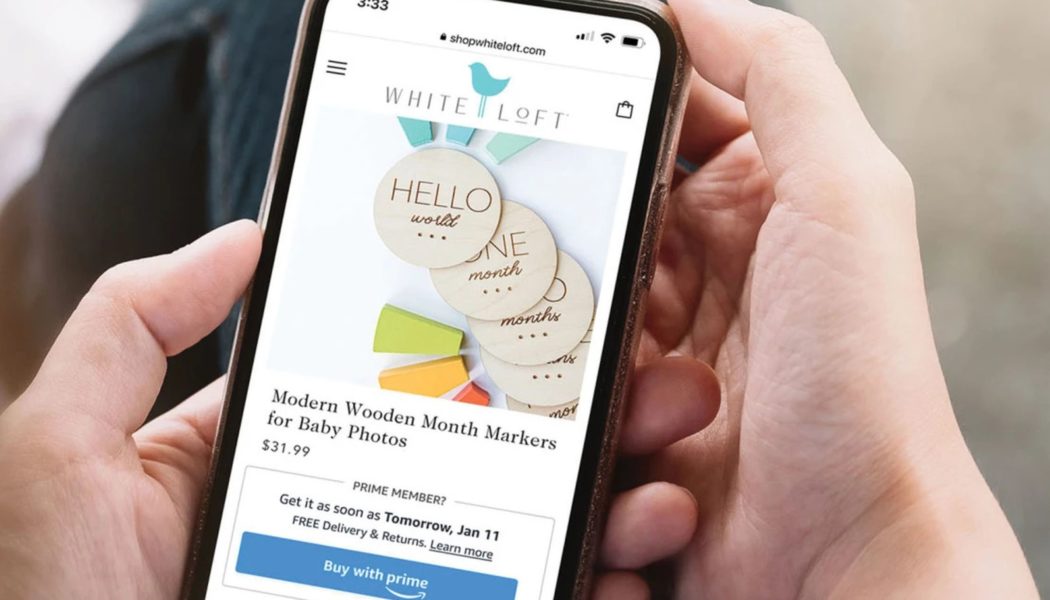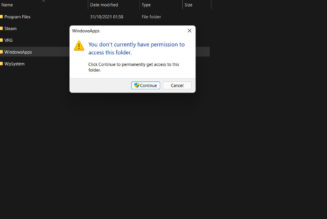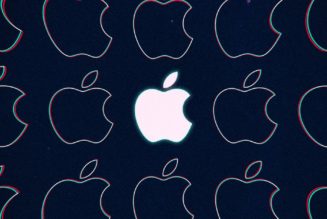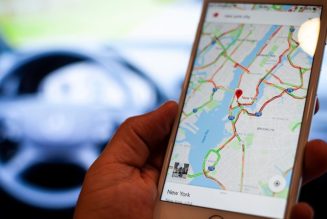The company’s also rolling out a way for Buy with Prime merchants to add product reviews and ratings from Amazon to their own websites.
:format(webp)/cdn.vox-cdn.com/uploads/chorus_asset/file/24349181/amazon_prime_button.jpg)
Amazon’s expanding the availability of its “Buy with Prime” button. Starting on January 31st, more online stores in the US can start offering the benefits of a Prime subscription, such as free shipping and next-day deliveries, on their own websites.
Of course, customers who actually want to use the feature will have to pay for a Prime membership, which went up from $119 to $139 per year last February. The main difference between ordering on Amazon and ordering through Buy with Prime is that you can’t track your orders on Amazon.com and that you’ll instead have to click the link in your shipment confirmation email to get information about your order’s status.
If you do decide to use the Buy with Prime button, it’s worth noting that Amazon will collect details about how you interact with it, even if the third-party site itself doesn’t. This includes contact information for your account, order details, and how often you use (or abandon) any orders with the Buy with Prime button. Amazon stores information about sellers using Buy with Prime as well, including their product descriptions, inventory, and pricing information.
For years, Amazon has faced backlash for the way it leverages data to compete with (and sometimes copy products from) third-party sellers. Amazon and the European Union reached an agreement over the company’s data practices in December, preventing Amazon from using the nonpublic it collects from independent sellers on the platform to decide which products it should launch or what prices it should set them. In 2021, the company began offering sellers more data to help them identify popular products as a small concession.
The Buy with Prime feature, which is now also available to sellers who don’t sell on Amazon, still comes at a price for merchants. In a FAQ section on the Buy with Prime page, Amazon says the “cost per unit” depends on “multiple factors, including product dimensions and weight, average selling price and number of units per Buy with Prime order.” This includes fulfillment storage at Amazon’s facility, payment processing, and service fees. “Merchants pay for what they use, and all fees, except for those incurred for storage, are charged only after merchants make a sale,” Amazon notes.
Amazon first rolled out the feature last April but only made it available to Fulfillment by Amazon (FBA) businesses on an invite-only basis. According to internal data collected by Amazon, the feature has increased shopper conversion by 25 percent on average, meaning that customers might see the option as a more attractive way to buy products on third-party websites. That’s good news for Amazon, which is looking to build up its fulfillment business and keep customers (and merchants) within the Amazon ecosystem.
The expansion comes as other retailers, including Walmart and Best Buy, look to compete with Amazon’s Prime subscription. While Walmart’s $98 / year Plus subscription offers free shipping and access to Paramount Plus, Best Buy recently introduced free shipping as part of its free My Best Buy program with no order minimums. (Best Buy already offers free shipping for orders over $35 for non-members).
:format(webp)/cdn.vox-cdn.com/uploads/chorus_asset/file/24349219/amazon_prime_reviews.jpg)
In addition to expanding the “Buy with Prime” button, Amazon will now start letting merchants using the badge add product reviews and ratings from Amazon on their own websites. It’s also adding a Buy with Prime app for the commerce platform, BigCommerce, allowing merchants to “easily” add Buy with Prime buttons on their storefronts without having to code.
With the Buy with Prime badge and integrated Amazon reviews, the company can continue to tighten its grip on the e-commerce market and all the associated buying data — even when users aren’t shopping directly on Amazon.com.








